All about the Biedermeier style
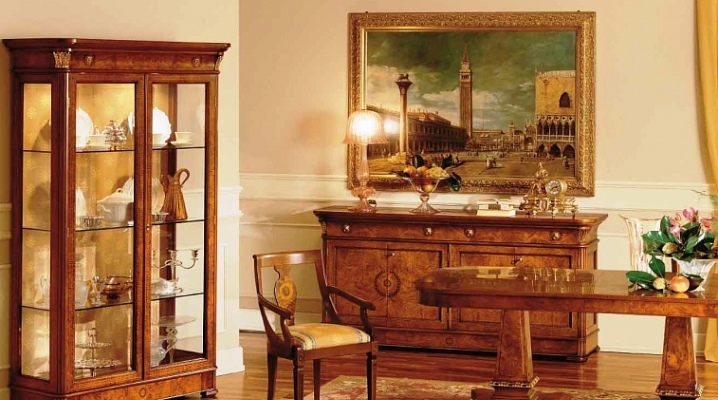
In our time of the ubiquitous distribution of the same consumer goods, it is very important to stand out, to be unusual in a particular field of activity. The list of styles that are actively used in decorating the interior of their own home, for the average layman is limited to a list of a maximum of five items, rare gourmets can bring it up to ten positions, but still you will most likely find hundreds or even thousands of the same apartments in your city.
If you want the design of your home to be significantly different from the usual solutions and at the same time be refined and stylish, pay attention to such a curiosity as the Biedermeier.
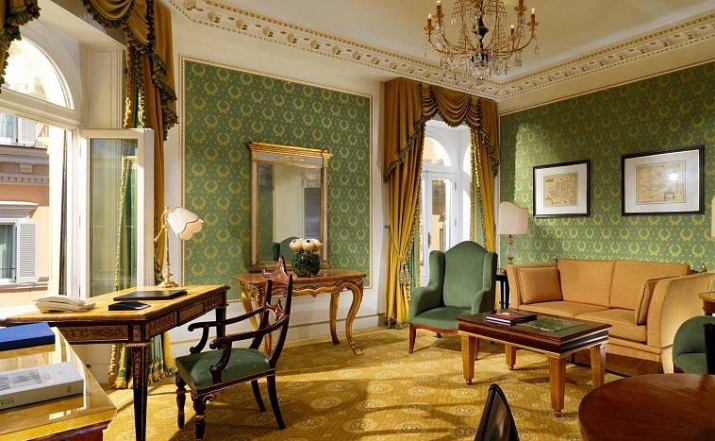
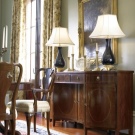
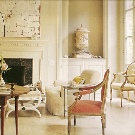
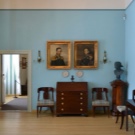
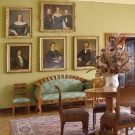
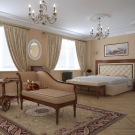
What it is?
This style arose in the middle of the nineteenth century on the territory of Germany and Austria among relatively poor people, who, nevertheless, could not be considered poor. Experts call Biedermeier a strange combination of lush French Empire style with clear features of romanticism, but at the same time with a strong emphasis on home comfort in a kind of bourgeois view. It is curious that with its German-Austrian origin, the style quickly reached Russia, where it was known even under Pushkin, although it even got its name somewhat later.
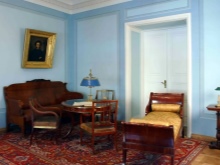
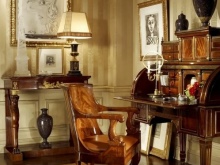

The characteristics of a Biedermeier, be it German or Russian, are always about the same. The premises are large, but at the same time there is no oppressive antique massiveness in them, and all the contours are made with an emphasis on practicality, without pretentiousness. The interior looks light, creates a romantic mood, it is pleasant to be in it. The strict symmetry of the Empire style is no longer here, as well as its theatricality, but the general principles of balanced composition remain.
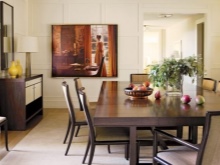
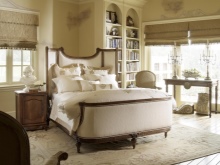
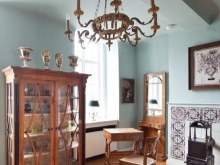
At the same time, Biedermeier does not accept emptiness - for all the spaciousness of the premises, they should be abundantly filled with furniture and hung with textiles. The furniture itself should be simple, it is not decorative elements that are important, but practicality.
The color scheme is selected mainly in natural shades, necessarily warm, the rest is at the discretion of the designer. Textiles also work for joy, being decorated with birds and flowers. The windows are hung carefully, in several layers - there should be curtains under the curtains. If the furniture itself has a minimum of decor, then this does not apply to everything else, and even vice versa - the room should have a maximum of paintings, living plants, porcelain, caskets, lamps in plain sight.
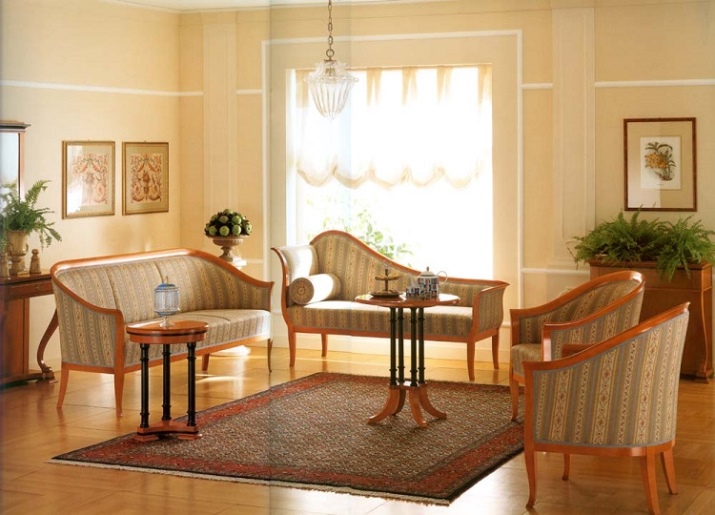
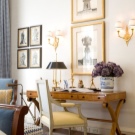
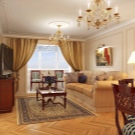
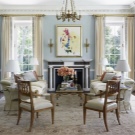
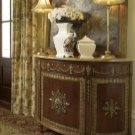
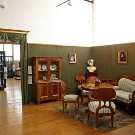
Finishing options
In pursuit of the goal of decorating a room in the best traditions of the Biedermeier style, one must focus on the possibilities that the German and Austrian middle class had of the century before last. The most important rule: there is no pursuit of elitism, the decoration itself is about practicality, and not about unprecedented aestheticism.
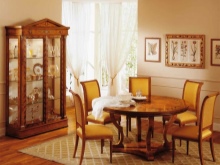
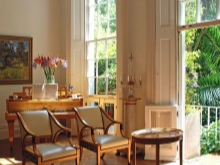

Sten
Real burghers at one time did not shy away from upholstering the walls with fabric, but today it is much more practical to use their other solution - wallpaper. They are appropriate in the bedroom and living room, and preference should be given to either a striped embossed material, or a plain one. Ornament is also possible, but it should not be intrusive - rather, on the contrary, it only introduces a slight note of variety. The tones are usually very warm and delicate - pastel shades of pink, creamy, sandy or coffee, blue from the cold range is allowed.
In utility rooms, wallpaper is not very appropriate, but Biedermeier is a strict practicality.That is why kitchens are most often painted, while hallways and corridors are plastered.

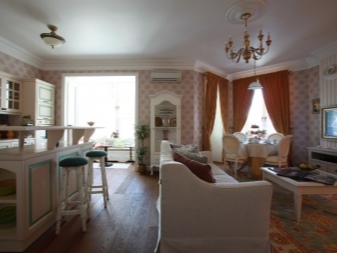
Paul
Real stone floors have always been expensive, but parquet was the favorite material of burghers - on the one hand, it was affordable for such gentlemen, on the other, it could serve for many decades and did not require special care. This finish is still available today, but is now considered expensive.
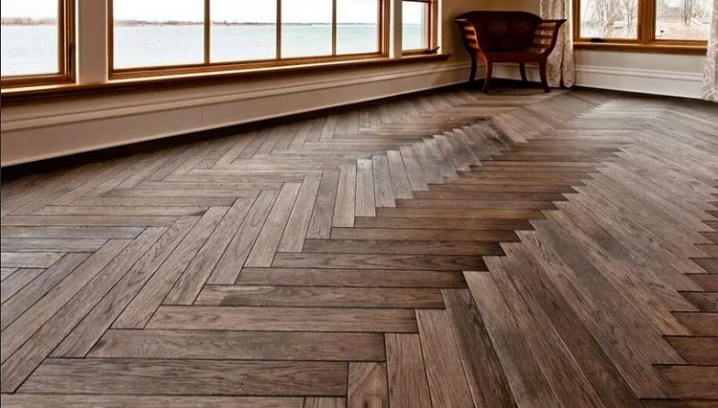
If there is a need to save a little on reproducing the Biedermeier in its original form, you can use one of the modern materials, which in appearance naturally imitates a parquet floor. There are a lot of such solutions today - this is, first of all, a laminate. Ceramic tiles with imitation wood are suitable for the bathroom and kitchen, and for greater durability and at a little more cost, you can also invest in porcelain stoneware.
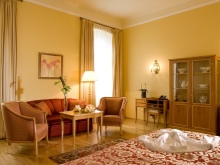
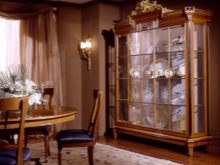
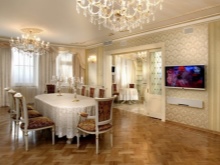
Ceiling
This is what the minimum requirements for the style in question are for the design of the ceiling. Practical Germans and Austrians wanted only one thing from the ceiling - that it did not spoil the overall impression of the room, that is, it would leave it all the same light and spacious. This is quite simple to implement - you just need to align the ceiling and make it white.
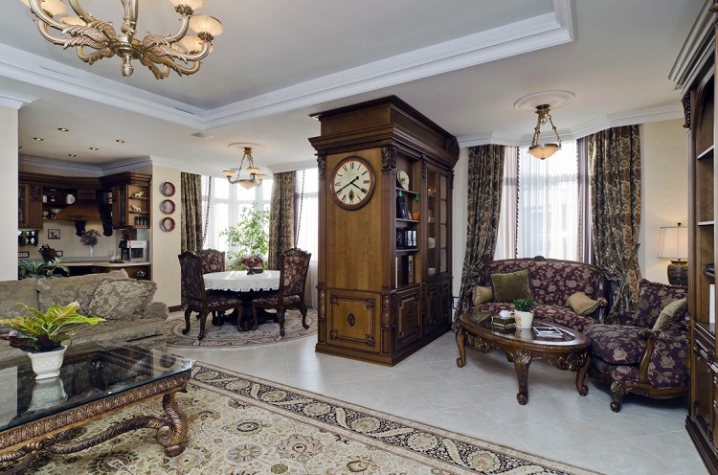
Today stretch ceilings successfully cope with this task. As a decoration, you can theoretically use stucco for edging, but it should be remembered that there should not be much of it, because splendor is for other styles.
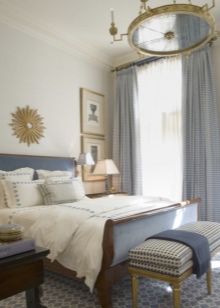
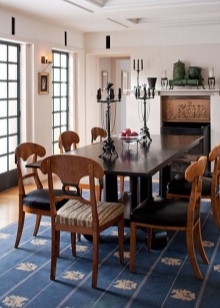
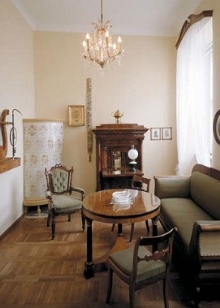
Furniture
At first glance, the principle of choosing furniture for a Biedermeier style setting is simple and obvious: all these armchairs and wardrobes do not have to be elegant and beautiful, because for them something completely different is fundamentally important - practicality and ease of use. The quality and potential durability of the product is also considered a big plus. However, in fact, not everything is so primitive, and professional designers highlight much more specific features that allow you to achieve complete authenticity.
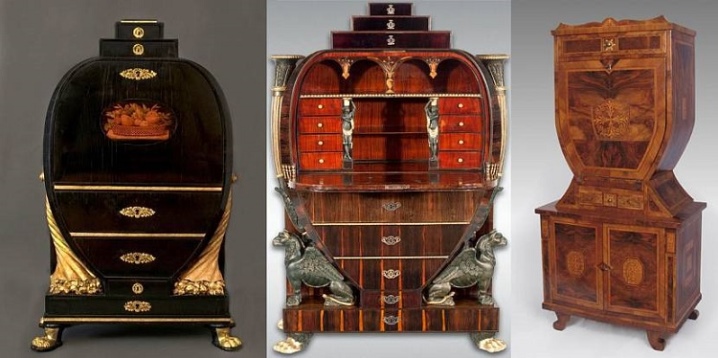
So, arguing about practicality to the detriment of aestheticism, one should not think that beauty is not inherent in style at all - on the contrary, it has a partial relationship to romanticism. Here we are talking, rather, about the unwillingness to spend money on things that will not pay off. A real burgher does not understand the meaning of furniture made of precious overseas woods, if reliable maples and birches grow outside the window.
In the same way, it makes no sense to upholstery upholstered furniture with silk - chintz in a bright flower or reps with cute stripes for the Biedermeier style is much more pleasant.
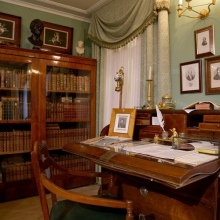
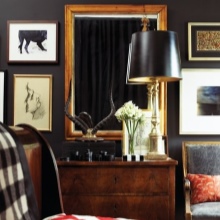
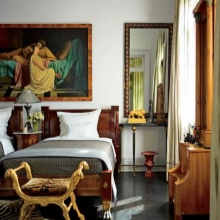
The burgher is not truly a rich man, he does not need numerous sideboards with "showcases", because there is not much to display in them. Instead, the space is abundantly filled with "seating", whether it be sofas, sofas or armchairs, because the main value for such a person is a large and friendly family.
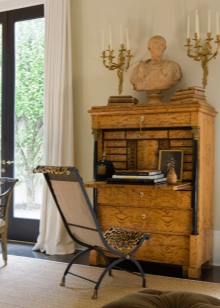

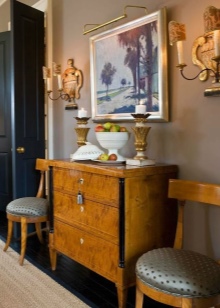
All this furniture no longer rests on such ornate legs, which were popular in most of the "previous" styles, but a smooth bend is still characteristic of them.
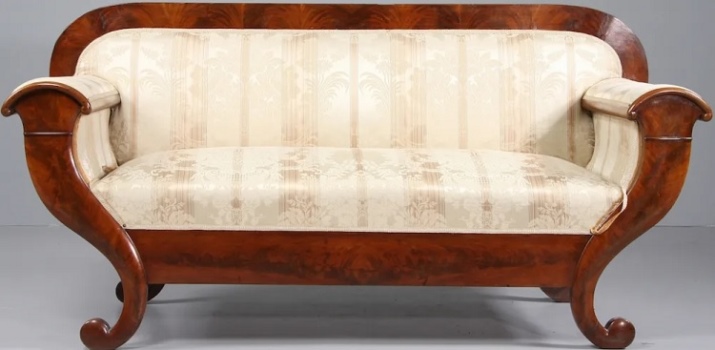
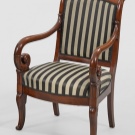
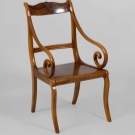
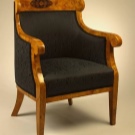
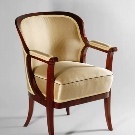

Though the room will not be completely filled with "showcases", after all, such a piece of furniture should be present. This is understandable: although the owner of the house does not have many "exhibits" for general viewing, this only makes them more valuable, and they must be shown.
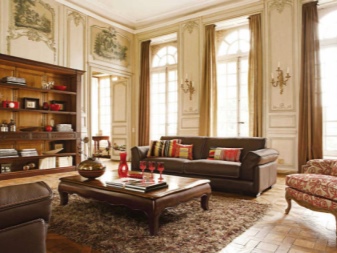
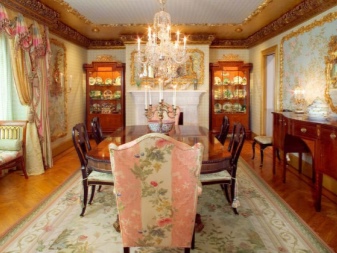
Although Biedermeier and its furniture are often described as modest and practically devoid of decor, it must be understood that this is not said in the current sense, but in comparison with the lush Empire style, the reaction to which was the emergence of the style in question. In fact each wardrobe is individual thanks to the carvings on it - usually laurel wreaths, swans or griffins. The relief carvings were either roughly varnished or, in richer houses, gilded.

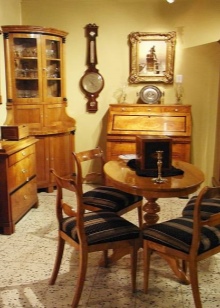
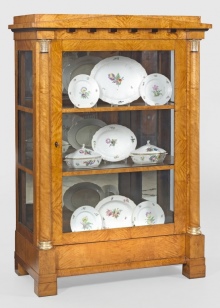
Standing for the maximum practicality of furniture, the burghers of Germany and Austria-Hungary actually became one of the first popularizers of transformers. Various folding tables, as well as secret drawers in them, first became widespread here, becoming integral elements of style. A well-known example of comfortable and practical furniture is also library chairs, which can be expanded into a full-fledged staircase.
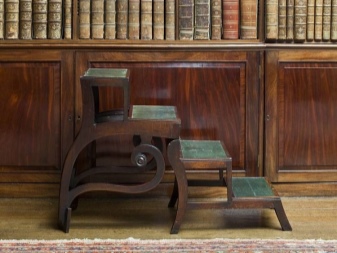
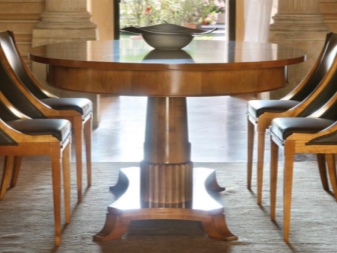
Paintings and decor
Since the original creators of the style greatly appreciated the comfort of home, there is no doubt that the decor was still interesting to them. The first thing that caught my eye was the abundance of paintings on the walls. Although the burgher could not afford the originals of outstanding artists, and even in an expensive frame, he could still pay for the work of a master of a lower rank, especially without an elaborate frame.
Such paintings were passed down from generation to generation and collected, therefore there were quite a few of them. But the time for the full-scale distribution of photographs will come later, because they do not fit into the decor. Just as full-size furniture should fill the entire space of the room, so various little things should take up free space between the main interior details.
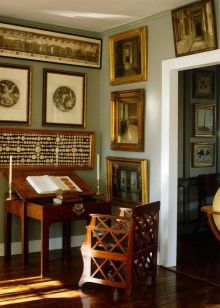
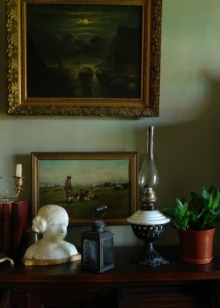
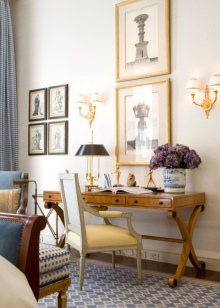
By analogy with the aristocracy, the burghers valued porcelain and carved caskets, but of course, there were fewer such elements in their homes, and they themselves were not so luxurious. A beautiful lamp could also be considered a decoration. And also the middle class was quite close to nature, so they did not hesitate to decorate their homes with fresh flowers.


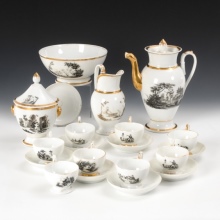
Ornaments used in the Biedermeier style have always been distinguished by their simplicity and unobtrusiveness, but they could be present almost everywhere. Severe monotony was not typical for burghers, therefore wallpaper, furniture upholstery and carpets were often covered with ornaments. On vases and other ceramics, there were also more complex images, such as landscapes or hunting scenes.
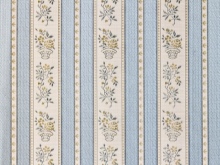

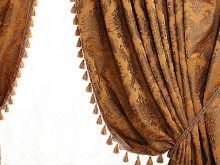
Interior decoration tips
When creating an interior in the Biedermeier style, it is worth remembering that this design direction does not have strict restrictions and allows interpenetration with other styles, if it is convenient and practical for the owner of the premises. Thanks to this, even oriental accessories theoretically fit into it, and true connoisseurs of the flavor of past centuries can organize a separate smoking room in their own house, and this will not stand out from the general style.
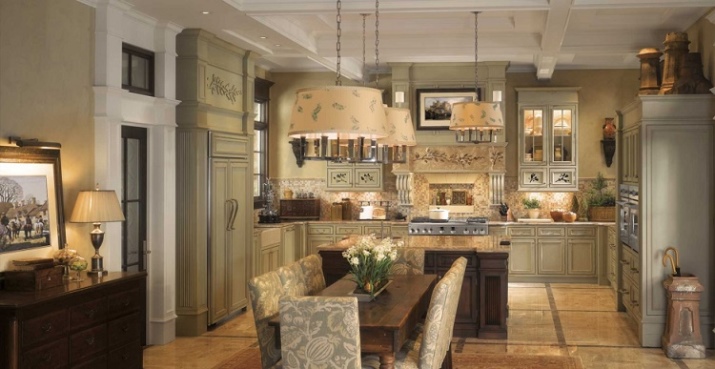
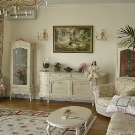
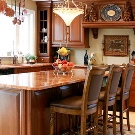
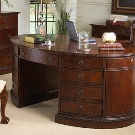
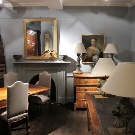
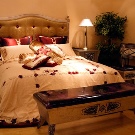
When furnishing various premises, in no case do not spare money on furniture. - there should really be a lot of it, because for a burgher, the presence of empty space is both impractical and a kind of recognition of one's own poverty. In a living room, for example, not only may, but even should be more than one table. One, of course, is the central one, it is able to gather a large company around itself and also serves for dinners. An additional smaller table is placed somewhere in the corner; its specific purpose depends on how the hosts and their guests like to spend their time.
Thanks to this, the table can turn out to be a card, coffee, handicraft, smoking or coffee table.
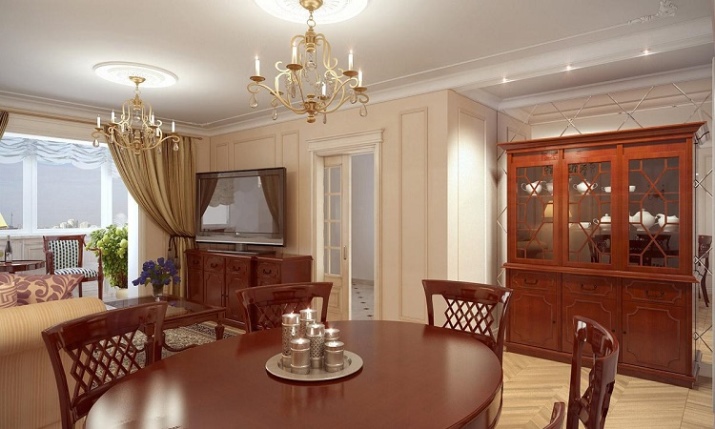
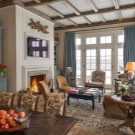
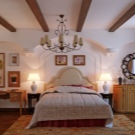

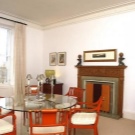
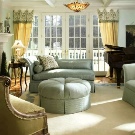
Nowadays, the functions of wardrobes are often performed by the same beds in which there are boxes for storing things, but they appeared on sale only relatively recently, and in the century before last, the owners had to acquire a mass of various wardrobes and dressers. Accordingly, the stylistics requires that they be present, and some bureau of those times will become the centerpiece of the entire design.
However, the living room is a recreation area, which means that there should be many armchairs and sofas with soft backs and poufs. A burgher, unlike an aristocrat, earns his money by hard work, therefore he needs special comfort after work - rocking chairs and foot benches can help with this.
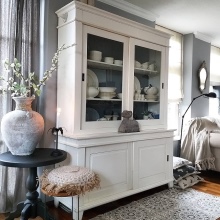
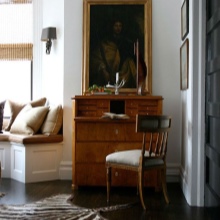
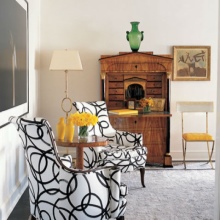
Since there was nothing to entertain yourself in those days on long winter evenings, and it was necessary to heat the room, a fireplace would not hurt at all, even an electric one. A separate point is the lighting of the premises. The peak of Biedermeier's popularity came at a time when electricity was still some kind of experimental force, so ordinary candles were used in the original.
You can use them today, which will be authentic, but violate the principle of practicality - now it is wiser to purchase a chandelier with light bulbs that imitate candles. For the bedroom, sconces in a similar design are useful; table lamps are suitable for spot lighting of themed tables.
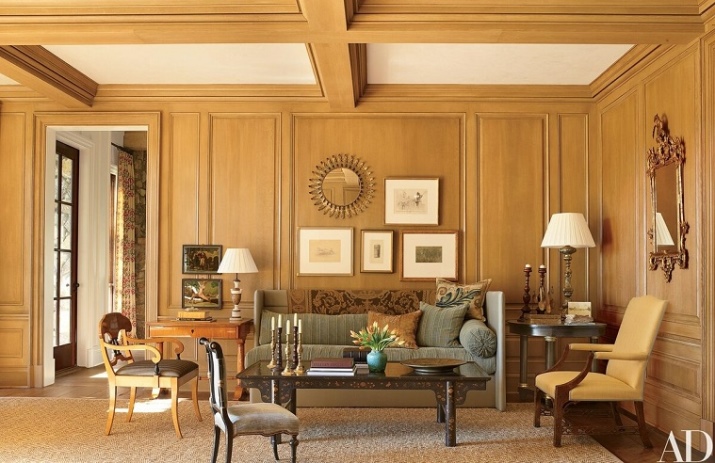
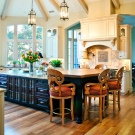

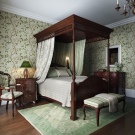
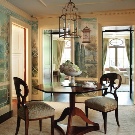
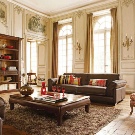
Beautiful examples
- The first example clearly shows how Biedermeier can be modernized - although all the principles are observed, the interior seems more fresh, inherent already in the first half of the last century. As you can see, the living room turned out to be quite cozy and at the same time very cinematic - guests will flock here at least for the sake of colorful photos.
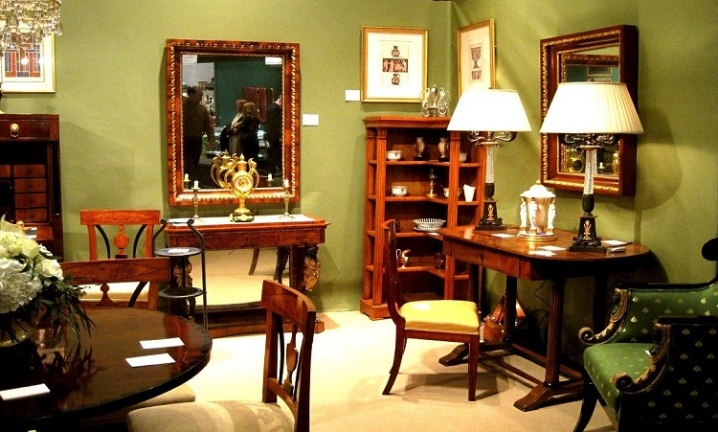
- The second photo is more like a classic, and even with some emphasis on luxury. The picture on the wall is not just large, but in a carved frame, a clock in this design is clearly not cheap, and stucco molding is visible around the door. However, even the fabric on the armrests of the chairs does not mislead - this is Biedermeier, and not something more "expensive", because the ceiling lacks stucco molding, the chandelier is "too modest", and the entire interior lacks solidity.
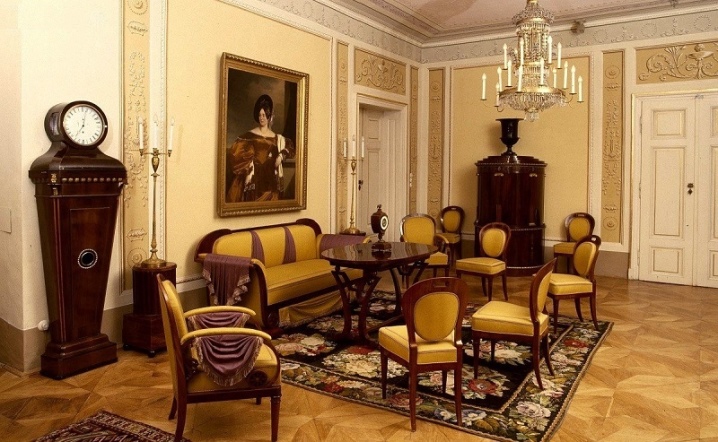
- Finally, the third interior seems to be something between the classic Biedermeier and typical Soviet reality thanks to the specific wallpaper and characteristic chandelier. However, this can also be so, and since the furniture is neat and comfortable, there is nothing wrong with such a decision, especially if the owners like it.
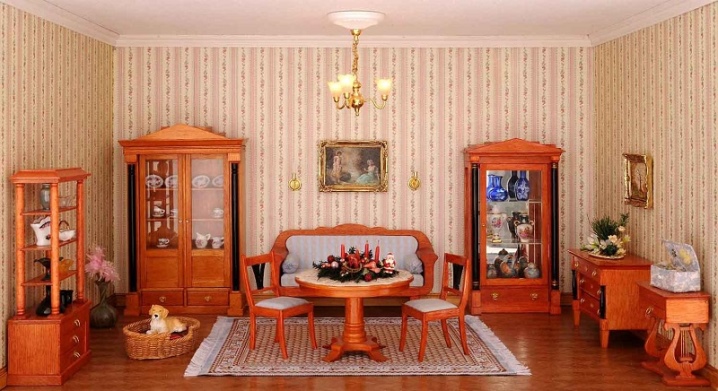













The comment was sent successfully.